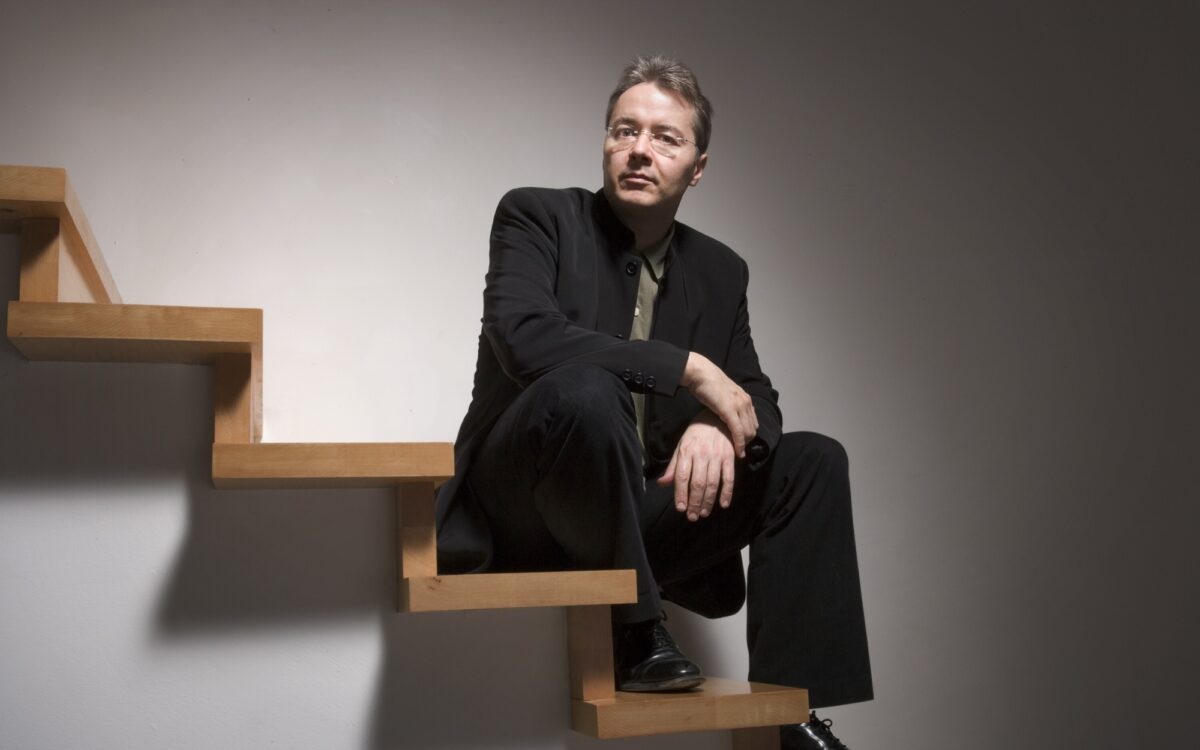Ethiopia’s Shadow in America
Composition and premiere: Price wrote Ethiopia’s Shadow in America before 1933; its score was lost for several decades and recovered in 2009. There is no record of a performance earlier than one given by the University of Arkansas Symphony Orchestra in January 2015.
No historical composer has generated as much public interest in recent memory as Florence Beatrice Price (1887–1953). Despite the COVID-19 pandemic delaying performances of her music around the world, she has rapidly become one of the most widely programmed American composers of her generation. Given a vast catalog, boundless creativity, and an engrossing life story, it’s easy to understand why.
At the time she was born, Price’s parents—a dentist and a teacher—were central figures within a thriving Black middle-class community in Little Rock, Arkansas, that would rapidly erode from the enforcement of Jim Crow laws in the 1890s. Showing musical promise from an early age, Price nevertheless leaped over the narrow opportunities available to students of color in the South by entering Boston’s prestigious New England Conservatory in 1903. She graduated with honors in two fields—organ performance and piano pedagogy—after only three years of study. Over the next twenty years, she pursued a career primarily as a teacher in Arkansas while raising two daughters and composing short piano works for her students as time permitted.
Escalating racial violence prompted Price and her family to move to Chicago in 1927. Though segregated along racial lines, the city’s well-developed musical infrastructure extended her more opportunities to pursue composition professionally. As musicologist Samantha Ege has shown, networks of Black women in the city offered mutual support for their musical pursuits, enabling Price to write substantial pieces in virtually every classical genre except opera. Several of the world’s greatest artists—Marian Anderson, Frederick Stock, Sir John Barbirolli, and Etta Moten, to name only a few—championed her music. Open discrimination against Black women impeded Price’s career, too, and even relatively unprejudiced white publishers and conductors feared professional backlash for promoting women of color. Together, these behaviors raised barriers to a permanent legacy not faced by her white or male contemporaries. In fact, most of her compositions remained unpublished upon her death and were thought lost until they were recovered from a dilapidated Illinois house in 2009.
Price first turned to orchestral composition in the late 1920s and continued to pursue it sporadically over the next twenty-five years, ultimately completing just over a dozen large-scale pieces. The inspiration for her earliest orchestral works was a contest for Black composers named in honor of the department store magnate Rodman Wanamaker. Her Symphony in E Minor (1932) won first prize and, with the support of one of Chicago’s Black musical leaders, Maude Roberts George, the Chicago Symphony Orchestra premiered the piece under Frederick Stock in June 1933. The flurry of interest surrounding the symphony prompted Price to finish a violin concerto and a piano concerto within the next twelve months.
The tone poem Ethiopia’s Shadow in America belongs to this early cluster of works, for it was completed in time for the competition won by her symphony. (This work garnered an honorable mention.) Curiously, it is one of only a few pieces for which she provided a descriptive narrative; much of her orchestral music might be called “absolute music.” In this piece, the first page of the manuscript score explains that she wanted the music to portray “I—The Arrival of the Negro in America when first brought here as a slave. II—His Resignation and Faith. III—His Adaptation, A fusion of his native and acquired impulses.” This three-part arc traces the historical American experiences of enslaved Africans and aligns conceptually with certain works of figures associated with the Harlem Renaissance, such as Will Marion Cook, William Grant Still, and Duke Ellington. Listeners familiar with Price’s other orchestral music will be pleased to encounter her characteristically lush orchestration, harmonic richness, and, above all, keen melodic sense. New listeners will find music that blends the orchestral sonorities of the late 19th century with a distinctly American sensibility.
A brief introduction by a solo clarinet sets the scene before the orchestra launches into the two-part opening movement. The first part, an Adagio, moves seamlessly between simple melodic material reminiscent of folk music and the complex harmonic language often used to enhance dramatic situations in opera or film. A quiet close gives way to a buoyant Allegretto introduced by the wood block and plucked strings. The first violins then take off with a sinewy syncopated melody that appears in various costumes across the rest of the movement while percussion add a distinct sparkle. The profoundly religious second movement introduces the soft lament of a solo violinist accompanied by string choir. A solo cellist later takes over the tune before it fades to an echo in the French horn, clarinet, and oboe. Now invoking vernacular dance, a catchy melody whips the third movement into a whirling array of orchestral color before a recollection of the opening Adagio offers a moment of reflection. But the dance resumes, propelling ever forward and closing the piece in grand fashion. Price observed that in music of the African diaspora, “Rhythm is of preeminent importance. In the dance, it is a compelling, onward-sweeping force that tolerates no interruption.”
Douglas Shadle
Douglas Shadle is Associate Professor of Musicology at the Vanderbilt University Blair School of Music. An award-winning historian of American orchestral music, he is currently co-authoring a biography of Florence Price with Samantha Ege (University of Oxford).

